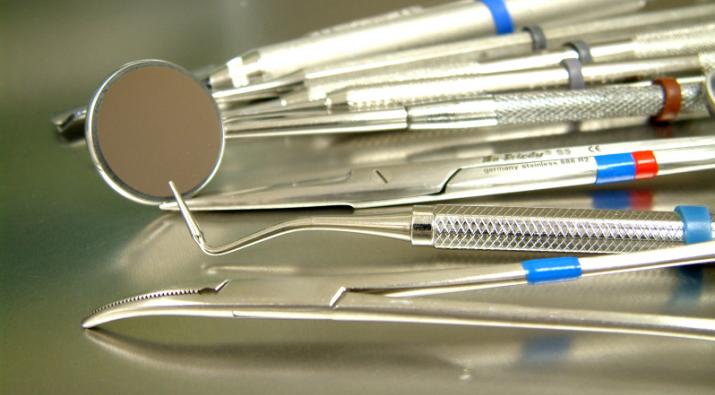
Human teeth are supposed to last them a lifetime, but many a times teeth fall out for one reason or another. Not only does the loss of the teeth make you feel that you look bad but also with the loss of the teeth you are unable to chew your food properly. This means restricting your diet to those foods that can be eaten without chewing or having all your food prepared in a paste form.
Dentures have been long used to replace the lost teeth. You can get partial dentures or a complete set, depending on the amount of teeth that you have lost. Though these do work as substitute teeth, they have to fit right for them to be comfortable. But now there is a newer technology to replace those lost teeth. It is called dental implantology and it means replacing teeth by implanting artificial teeth that are permanent and are fixed to your gums just like your natural teeth. With this method you can replace just that one tooth that you have lost or even have a whole set of teeth implanted and these implants are not only permanent but are supposed to last for twenty five years or more.
The surgical placement and restoration of your teeth is done by a dentist. This procedure requires that the dentist first do a thorough examination where he checks on the bone height and width in the mouth and the health and function of the existing teeth if any. He also takes other measurements which allow him to decide the size, length and how many implants to place.
In the next phase of implanting the teeth, an implant is inserted in the bone and the gums are sutured back. A period of six to eight months is given for the implant to take hold in the bones and to see that there is no infection. The next step is to uncover the implant and place a healing abutment in the implant. This is done so that the tissue surrounding the implant can be checked to see if it will hold the implant. The tissue surrounding the implant can be increased at this stage.
In the next stage, which usually is done after four weeks from the uncovering of the implant, the procedure is to remove the healing abutment and to replace it with the actual tooth. This step is also known as implant restoration. A gold screw is usually used to tighten the abutment.
The most important stage in the surgical placement and restoration with a dental implant is the examination phase because if the location of the implant is incorrect, it will affect the life and the implant function.
Maintenance of the implant is also very important once it has been placed in the mouth. It requires similar oral hygiene as normal teeth. Periodic checkups are necessary to check and see that there is no bleeding or inflammation of the gums. Also care should be taken that there is no lateral force placed on these implants at any time.